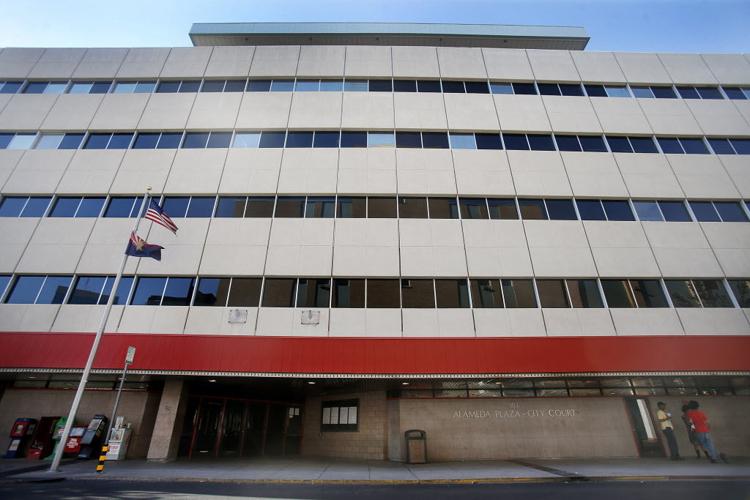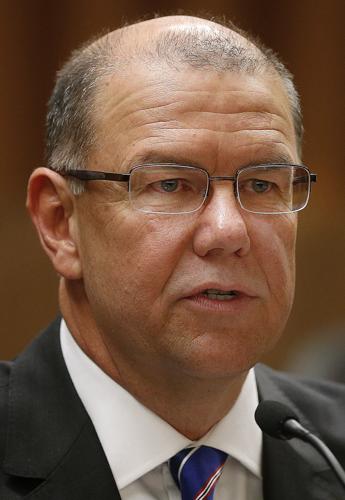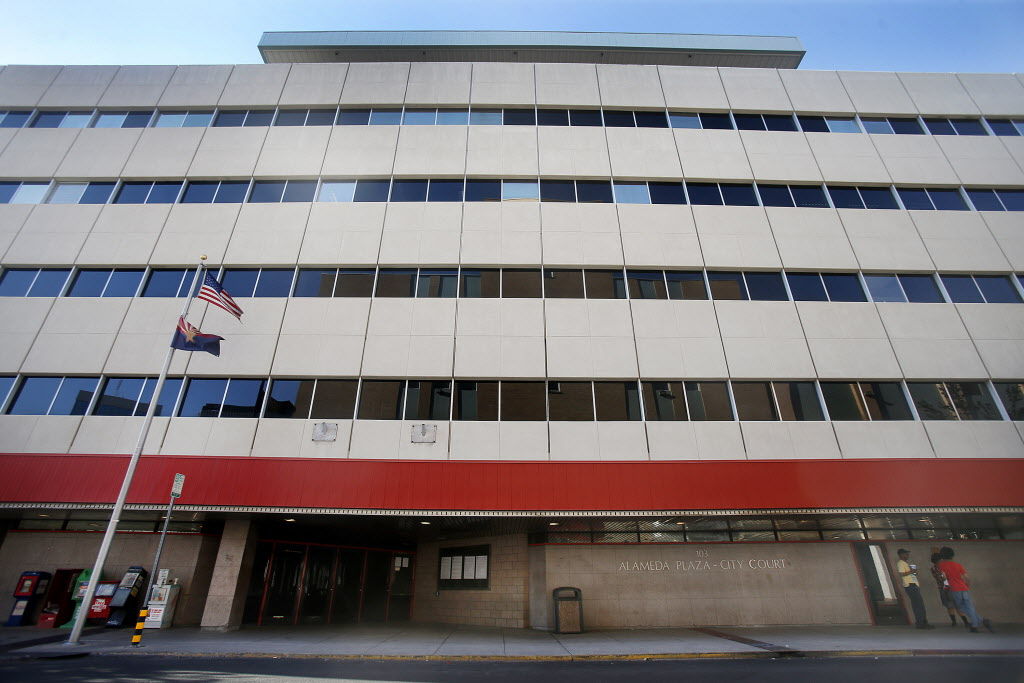In as little as two years, Tucson City Court could cease to exist, with its functions and staff absorbed by the Pima County Consolidated Justice Court.
However, several bodies — the Tucson City Council, the Pima County Board of Supervisors and the Arizona Office of the Courts — will have to sign off on the sizable change, and the details of any possible transition to one court system will take months to work out, according to County Administrator Chuck Huckelberry.
Whatever final shape the proposal takes, Huckelberry said that in the long run the transition could spell significant savings, easier court access for residents and more consistent case outcomes.
In a Jan. 31 email to city staff, City Manager Michael Ortega also advocated for the change — while also recognizing it will be a “tall order” — saying, “I remain convinced it is the right thing to pursue as I believe it can reduce costs while improving the overall convenience for the general public.”
However, the Justice Court-City Court Coordination Committee, whose members are high-ranking local court officials tasked with determining the best way to relocate City Court to Consolidated Justice Court’s home, determined that consolidation “was not a viable option for a variety of reasons, such as having to amend statutes and court rules, reclassifying employees, and converting data into one case-management system.”
“The committee determined that co-location was the best and less complicated option, and that the possibility existed for several common functions to be consolidated after City Court moved into the building,” committee chair and Deputy Superior Court Administrator Cassandra Urias went on to write in the early January memo.
Over the next six to 12 months, county, city and court staff will study whether the challenges to consolidation cited by the committee “can’t be remedied,” Huckelberry said.
In a recent memo, he conceded that merging IT systems “may be one of the more difficult tasks related to automation.”
Presiding City Court Judge Tony Riojas, a member of the committee, agreed that consolidation is a sensible move in the long run, and will likely save taxpayers money.
However, the committee recommended co-location, in which the courts would remain separate but operate in the same building, because “it was a very doable goal.”
In a Feb. 6 memo to Presiding Superior Court Judge Kyle Bryson, Huckelberry laid out some basic features of the possible consolidation. It would be Bryson’s court that would manage the new consolidated court.
There would be no “adverse impacts” for current employees of either court, meaning salaries, seniority, vacation and other benefits would be maintained. The lower staffing levels that are expected in a consolidated court system would be achieved through attrition, not terminations, Huckelberry wrote in the memo.
Some construction would be necessary at the County Public Service Center, 240 N. Stone Ave., the home of Consolidated Justice Court, though it was originally built with co-location with city court, located at 103 E. Alameda St., in mind.
Huckelberry said the city backed out of that deal before the building was completed in 2015.
In what he described as “true consolidation,” all city prosecutors and public defenders would be incorporated into the equivalent county department. That would come with substantial additional personnel costs for the county, at least initially.
This year’s city budget includes 23½ city prosecutor positions, 19 public defenders and nearly 118 court employees. Adopted salaries and benefits for the current fiscal year were $7.5 million.
The coordination committee cited construction costs of $7.4 million to accommodate additional courtrooms and $1.5 million to move the county treasurer out of the Public Service Center to make space for City Court employees, if they were to relocate there.
Substantial revenues would also come to the county if the courts merged.
For example, City Court was expected to take in $8.4 million in fines and forfeitures this fiscal year, according to the budget. However, Riojas pointed out that those revenues don’t cover court costs.
The exact scale of additional costs to the county is difficult to determine at this point, Huckelberry said. However, at least for city residents, the immediate tax impacts will be nonexistent or negligible, given they are paying both city and county taxes.
He described it as a “right and left pocket transition,” referring to the fact that the county’s additional costs will be offset by city savings.
The story would likely be different for unincorporated county residents, who are outside Tucson city limits but paying county property taxes.
Whether a tax hike would be necessary to cover the additional costs to the county likely wouldn’t be decided for several years, and there is the possibility that the steadily growing tax base could make one unnecessary if consolidation were pursued, according to Huckelberry.
Huckelberry pointed to the city-county library consolidation, which proceeded under comparable terms and resulted in significantly lower staffing. He said city residents will likely see tax savings as a result of court consolidation and it could eventually be tax neutral for others as well.
Bryson told the Star that the consolidation conversation is “fluid and early,” but that “ultimately, with an eye toward efficiency in the long term, we believe that consolidating the courts will be more efficient.”
“But the how and the when are the two big decisions for us.”
In fiscal year 2016, there were 152,271 original filings in Tucson City Court, roughly half of which were civil traffic cases. That same year there were 114,604 filings in Consolidated Justice Court, a slightly smaller portion of which were civil traffic matters. Together the courts would be the largest in Arizona, according to the court committee.
The county’s Public Service Center is large enough to accommodate both courts, but if caseloads were to increase, that would “quickly create a significant space issue,” the committee wrote in reference to a possible co-location.









